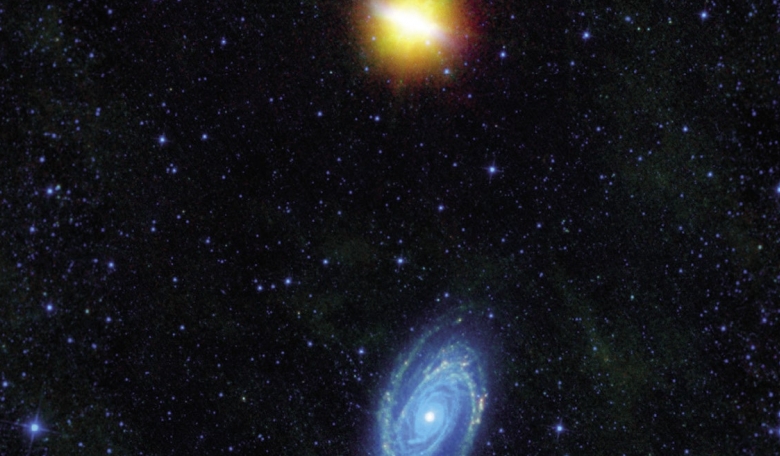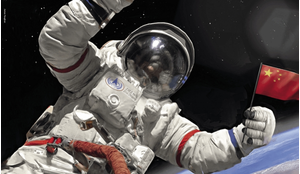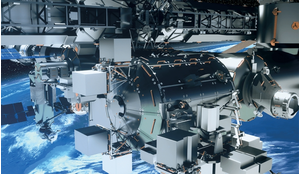The galaxy known as Messier 82 is close by astronomical standards - about 12 million light-years away - and visible in the night sky near Ursa Major with binoculars or a small telescope. But something extraordinary is happening in the core of Messier 82, which is about 100 times more luminous than the centre of our own Milky Way galaxy. Stars are forming at an exceptionally high rate, burning brightly and wreaking havoc in the form of winds, shocks and explosions, all triggered by a close encounter with its galactic neighbour, Messier 81, several hundred million years ago. Joan Schmelz explores the science behind these exciting events.
To astronomers, Messier 82 is the canonical starburst galaxy; it has everything that such an object should have to make it a classical example of a galaxy with an exceptionally high rate of star formation. Moreover, because it is the closest example of this celestial type, it is ripe for exploratory science investigations.
Observations of Messier 82, using the Hubble Space Telescope and the Spitzer Space Telescope, reveal hydrogen gas and infrared dust hitching a ride on a ‘superwind’ that originates in the starburst core and extends out into the halo and beyond (see images on next page).














